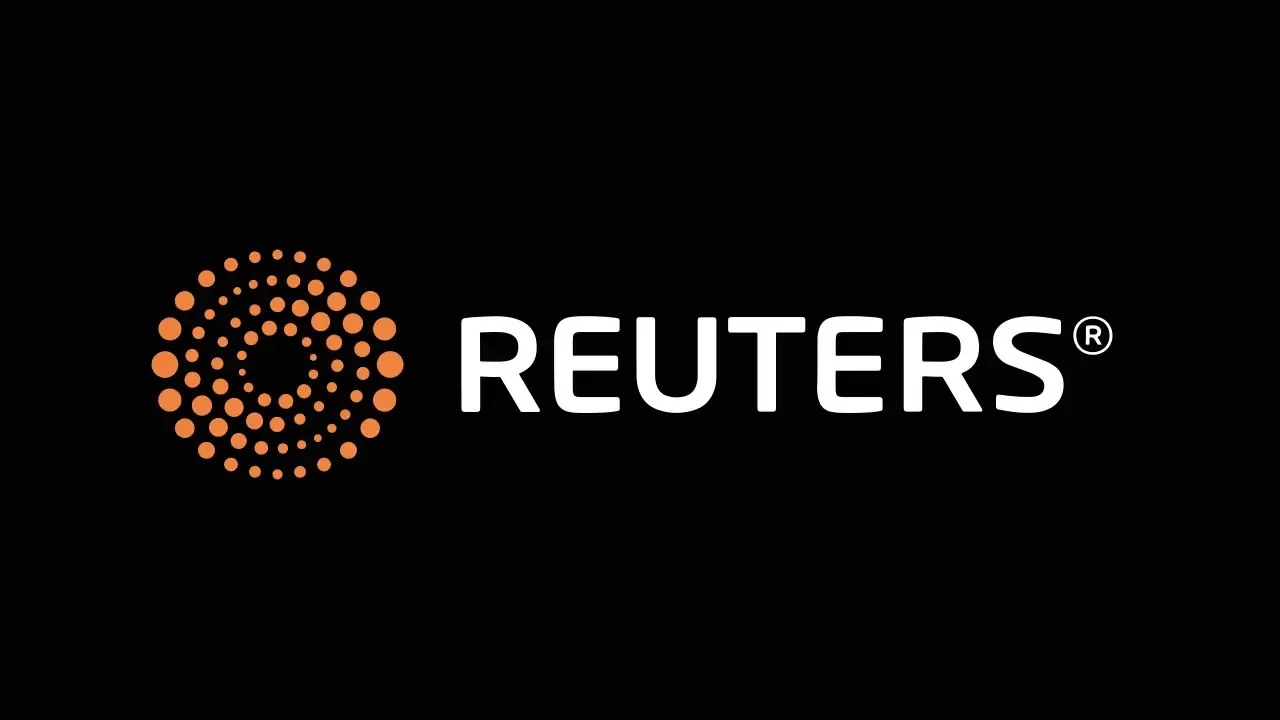NEW YORK, June 16 (Reuters) - The dollar strengthened against the safe-haven yen and Swiss franc on Monday, but weakened against most major currencies, as investors monitored the fighting between Israel and Iran for signs it could escalate into a broader regional conflict and braced for a week packed with central bank meetings.
Tehran, however, has asked Gulf state leaders to press U.S. President Donald Trump to use his influence on Israel for a ceasefire in return for Iran's flexibility in nuclear talks. That has partly helped the dollar recoup losses against the yen and Swiss franc.
Still, market participants mulled the prospect that Iran might seek to choke off the Strait of Hormuz - the world's most important gateway for oil shipping. This could raise broader economic risks from disruptions in the energy-rich Middle East.
Meanwhile, the U.S. military moved a large number of refuelling aircraft to Europe to give Trump options as Middle East tensions rise, and the U.S. aircraft carrier Nimitz was heading to the Middle East on a pre-planned deployment.
The dollar, which until recently had always been the ultimate safe haven in times of geopolitical or financial turmoil, was last up 0.38% at 144.65 yen after rising nearly 0.4% earlier on Monday. The euro rose 0.23% to $1.1576.
The U.S. currency also rose against the Swiss franc at 0.8136 franc, while an index that measures the dollar against six peers declined 0.25% to 98.02.
"Beyond the consolidation in U.S. dollar exchange rates, the lack of volatility in risk-sensitive currencies like the Japanese yen and Swiss franc suggest that investor confidence has been unfazed by the conflict between Iran and Israel," said David Song, senior strategist, at Forex.com.
U.S. crude futures fell 2.5%, following Friday's sharp rally in the wake of Israel's preemptive strike on Iran.
"I still think that (the) surprise of the day is that oil, not gold nor the U.S. dollar has reacted positively to the turmoil," said Marc Chandler, chief market strategist at Bannockburn Global Forex. "The greenback might be losing its safe-haven status, but today is not the test."
Currencies that are positively correlated to risk such as the Australian and the New Zealand dollars were 0.6% and 0.9% higher, respectively, while the oil-exposed Norwegian crown was flat, after hitting its highest since early 2023 earlier in the day.
On Friday, investors had bought back into the dollar, which has lost more than 9% in value against a basket of six other currencies this year as U.S. President Donald Trump's move to reshape the global trade order heightened economic uncertainty.
But analysts were less convinced that the trend could continue until there was more clarity on the tariff front.
"The 800-pound gorilla in the room is the U.S. tariff policy," Chandler said. "We've got the July 9 date that the so-called reciprocal tariffs are supposed to end. ... And so that sort of hangs over the market."
The U.S. Federal Reserve gives its latest policy decision on Wednesday, with the Israel-Iran conflict adding complexity for policymakers.
Investors remain nervous over Trump's deadline on trade deals due in about three weeks, while agreements with major trade partners, including the European Union and Japan, are yet to be signed.
They will look for progress in any bilateral meetings with the U.S. on the sidelines of a Group of Seven leaders' meeting in Canada.
CENTRAL BANK MEETINGS
Top of the agenda this week is a host of central bank monetary policy decisions, with the spotlight on the Fed.
The central bank is widely expected to leave borrowing costs steady, but investors will likely lap up its views on recent data that has broadly indicated softening economic activity even as risks to increasing price pressures stay high.
The Bank of Japan is expected to deliver its interest rate decision at the end of its two-day meeting on Tuesday, with traders largely pricing in no change to policy.
Expectations are that the central bank could also consider tapering its government bond holdings from the next fiscal year as the Japanese government pushes for more domestic ownership.
Central banks in Britain, Switzerland, Sweden and Norway are also slated to unveil their policy decisions this week.
Reporting by Laura Matthews in New York; additional reporting by Johann M Cherian in Bengaluru and Linda Pasquini in Gdansk; Editing by Emelia Sithole-Matarise and Lisa Shumaker
